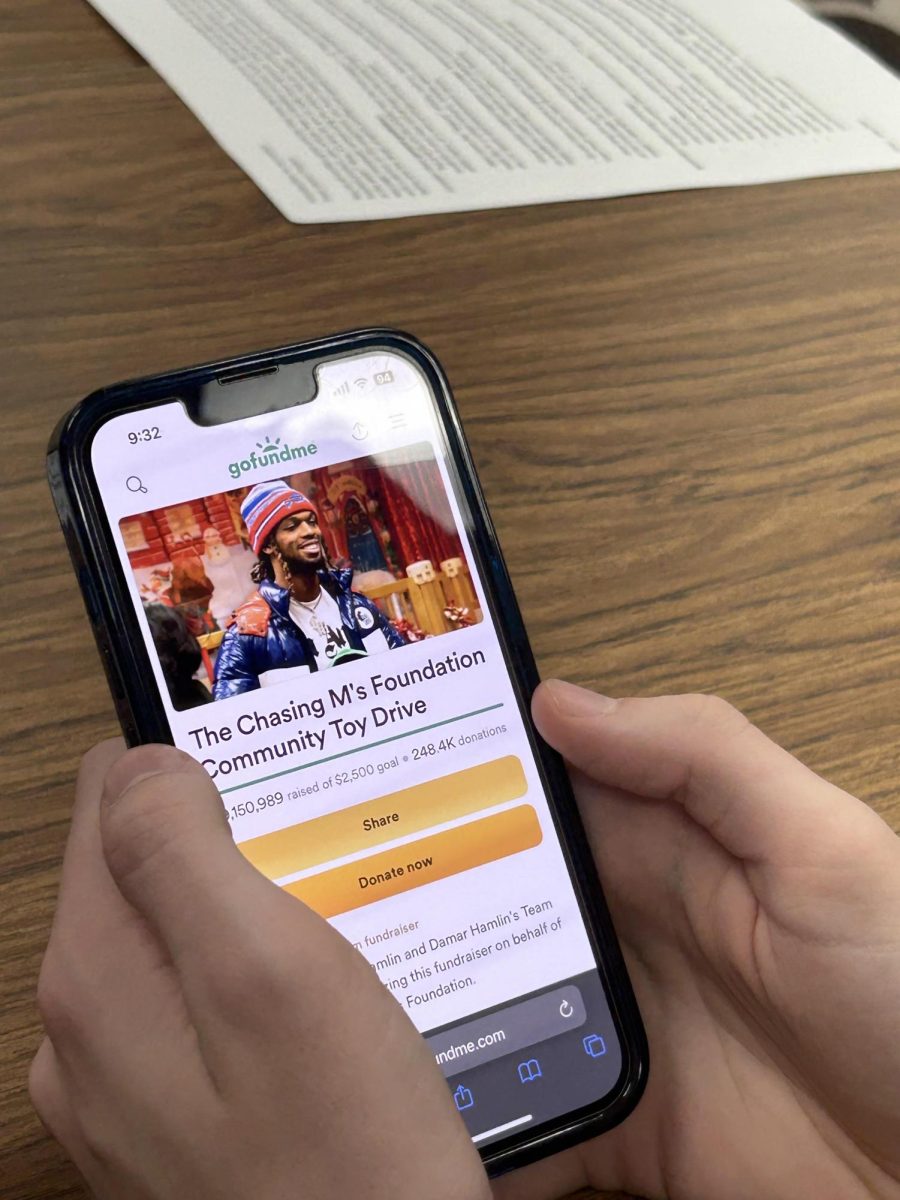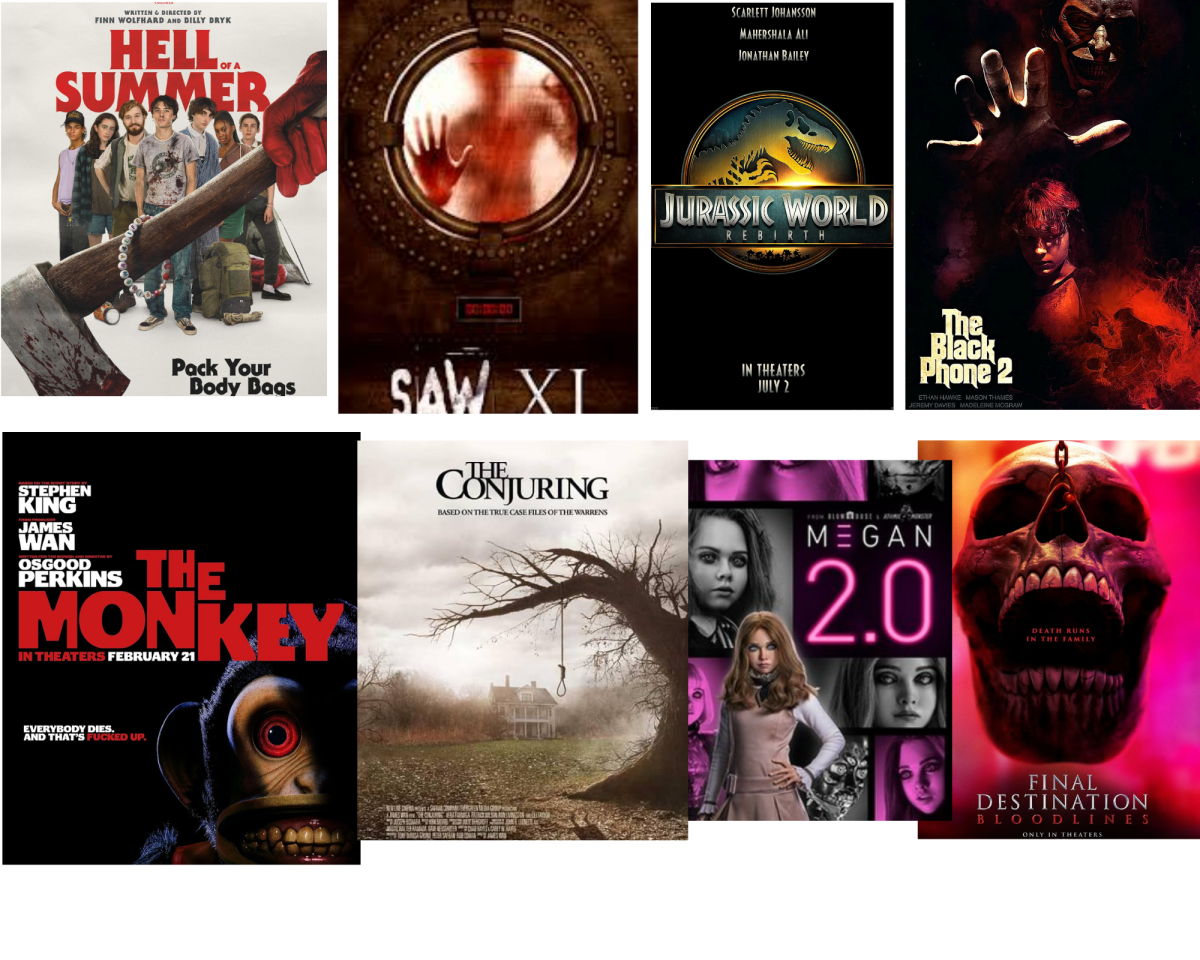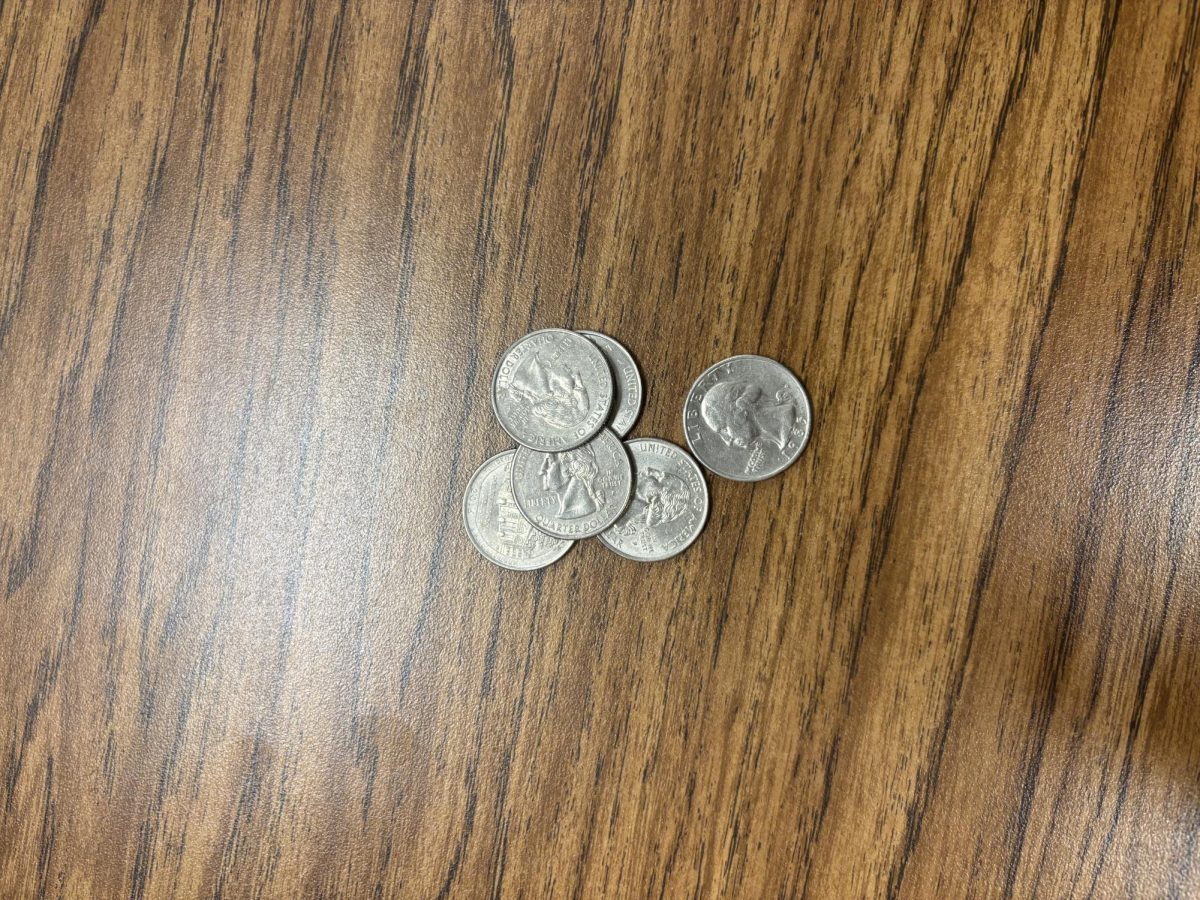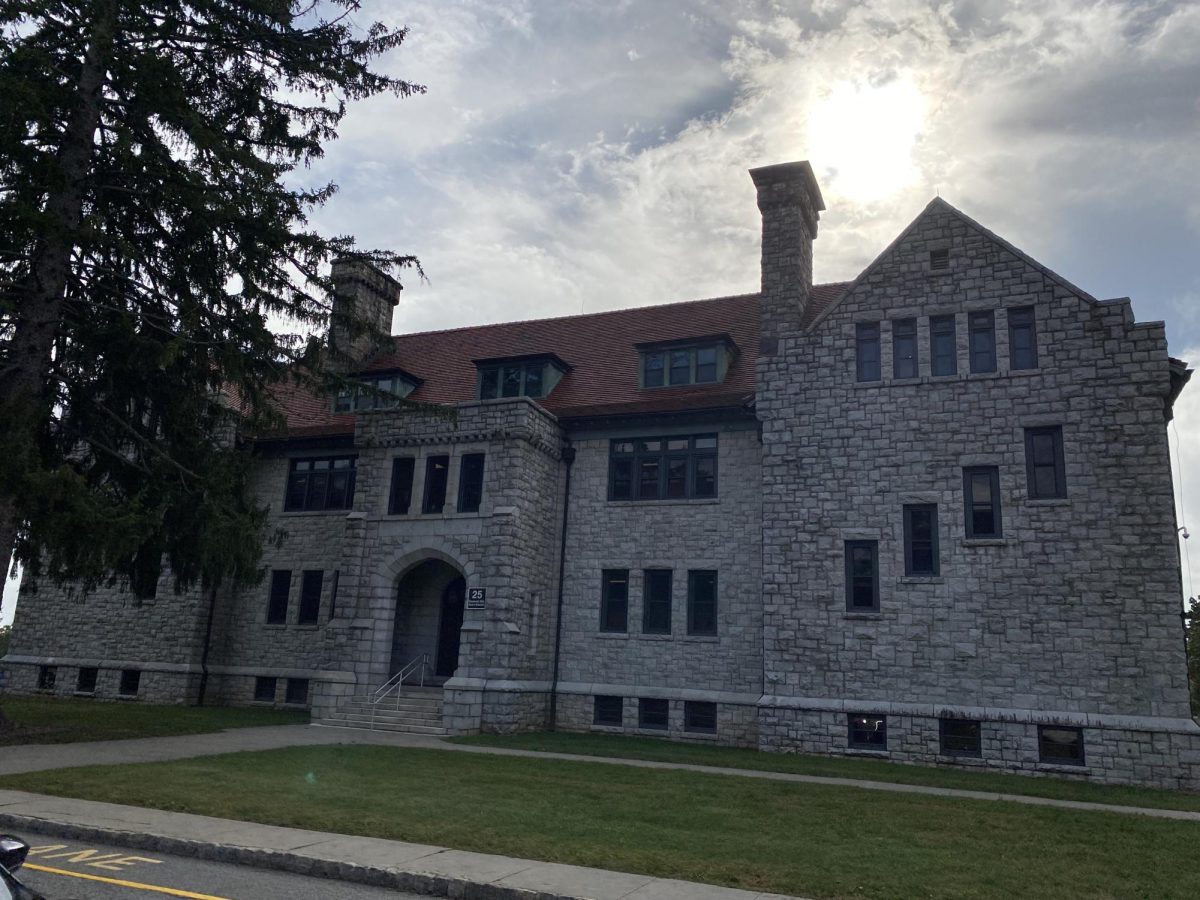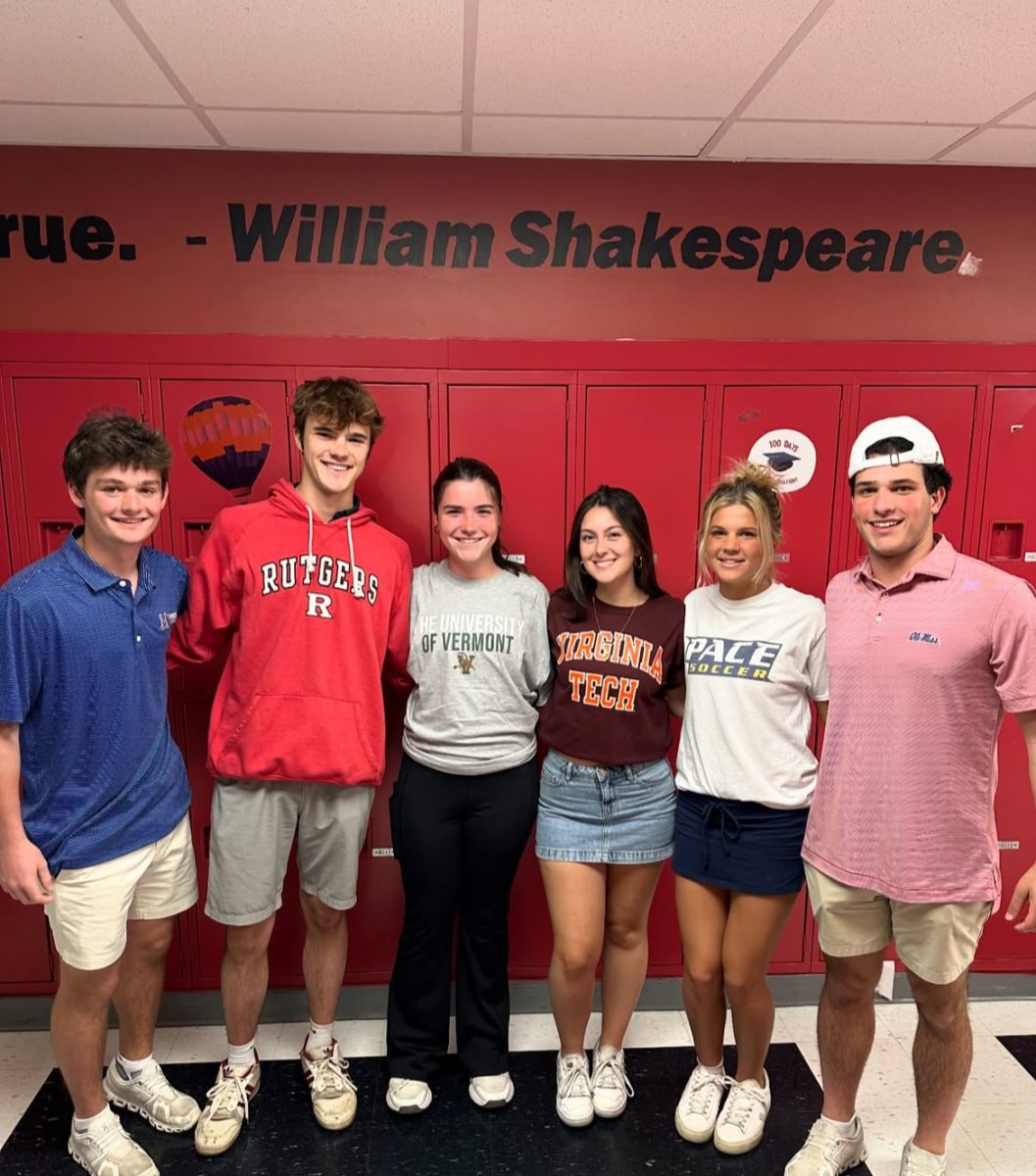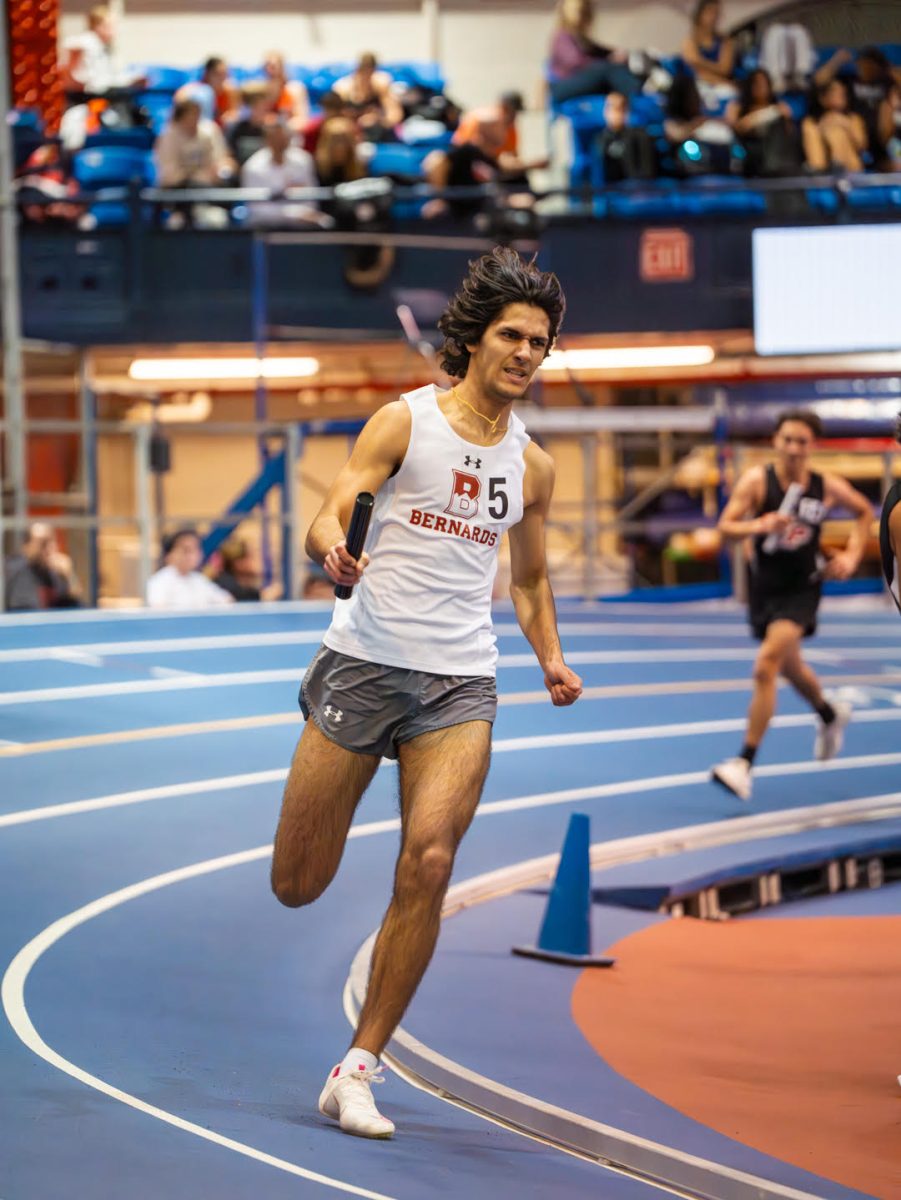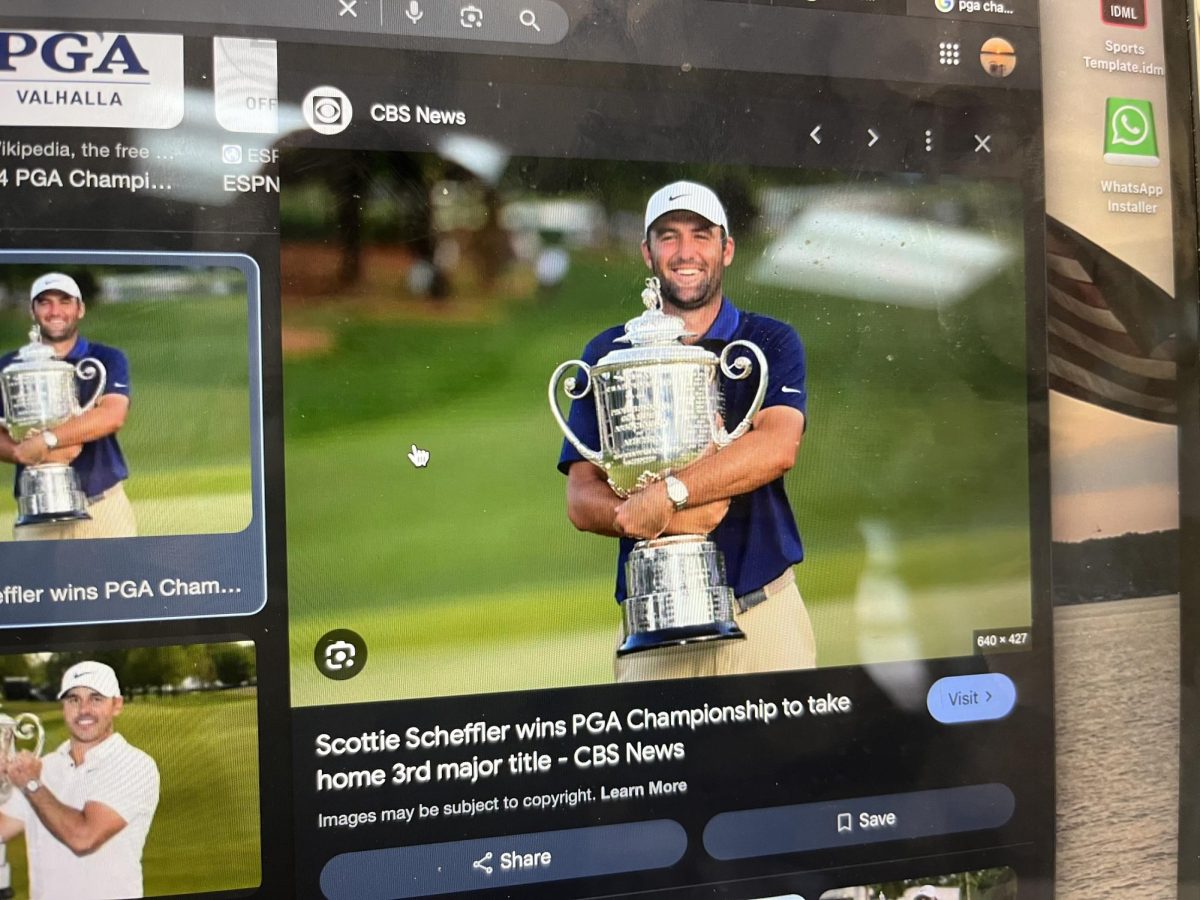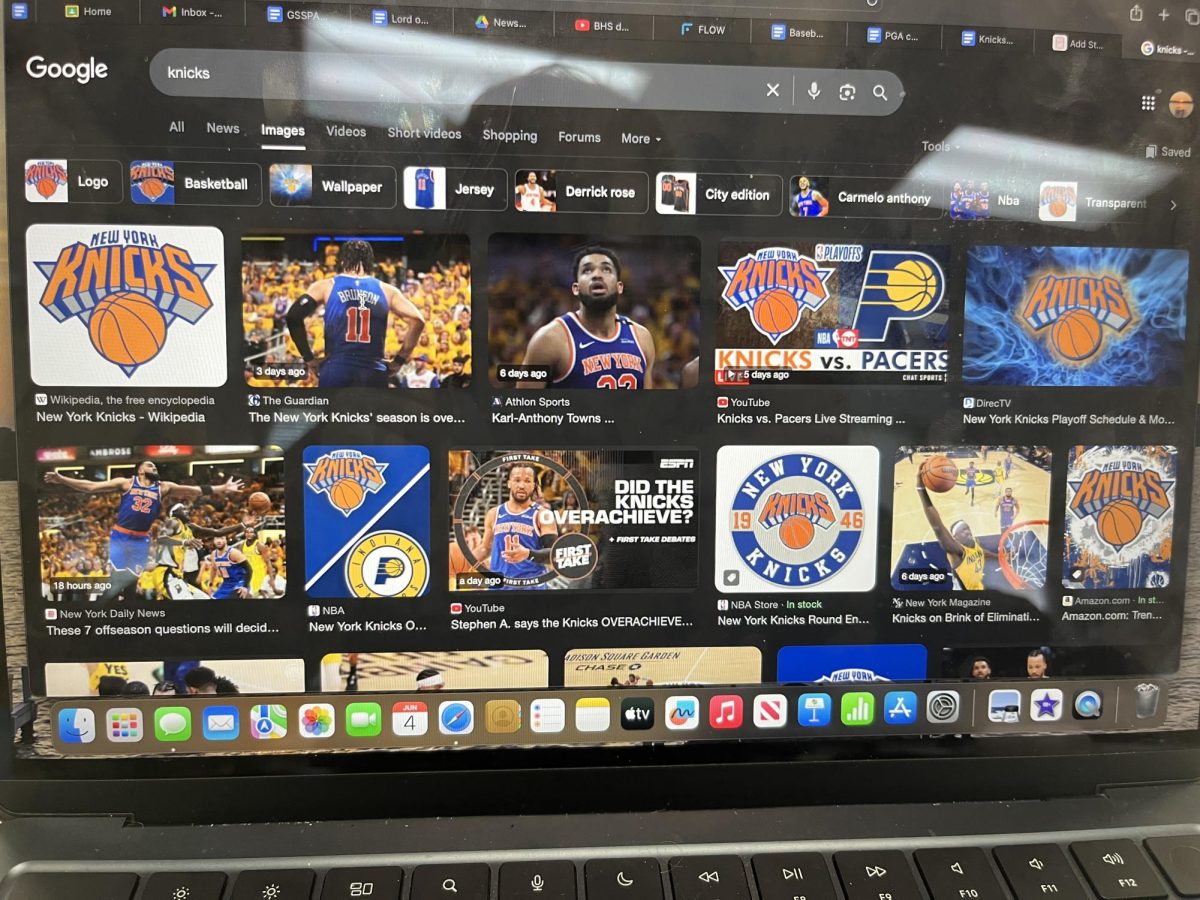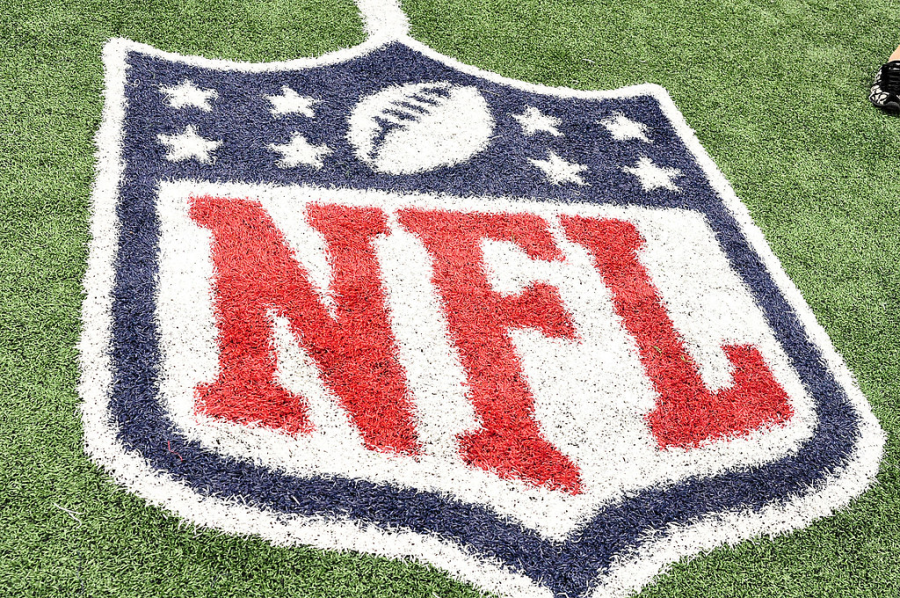This month marks the one year anniversary of the moment that changed the NFL and sports as a whole forever. In the first quarter of the heavily anticipated Bills vs Bengals game on Monday Night Football, Buffalo Safety Damar Hamlin collapsed after a routine tackle. The Bills athletic trainers rushed on the field and began giving the young safety CPR as they waited for the ambulance to get on the field. Hamlin was administered CPR two times and was rushed to the University of Cincinnati Medical Center where doctors began to operate to save Damar’s life. For the first time in the history of the NFL, football did not matter. Rajan Gandhi ‘26 recalled his feelings after the game, saying “I was in a state of fear and shock, all I could think about was whether or not he was going to be okay.”
An hour after the ambulances left the field the game was officially called off, and all anyone could think about was the health of Damar Hamlin. For two days the world was left in almost complete silence, wondering if Hamlin was going to be okay. Amidst all of the fear and concern, the NFL community came together in support of the Bills Safety, raising over 5.5 million dollars in just two days in a go fund me for Hamlin’s annual toy drive fundraiser. In the middle of a terrifying situation, fans put aside their hatred for one anothers team and stood hand in hand, praying that Hamlin would be okay.
The extent of his injury was revealed to be a condition called Commotio Cordis, which is defined as “a condition in which an abnormal heart rhythm and cardiac arrest happen immediately upon an object striking the chest directly over the heart at a very critical time during a heartbeat” according to Cleveland Clinic. Damar Hamlin miraculously recovered, waking up from his medically induced coma on January 5th, immediately asking “Did we win?” Just six days later, Hamlin was released from the hospital and flown back to his home in Buffalo where he watched the Bills win their wildcard playoff game against the Dolphins. The following week, Hamlin made his first public appearance since being discharged, when he attended the Divisional playoff game where the Bills played the Bengals in a rematch from the ill-fated monday night game just a few weeks ago. Although the Bills lost the game, Hamlin’s presence was felt within the stadium, and the sense of relief that he was alive was far more important than a football game.
Now, a whole year removed from the injury that stopped football, the impact of the event is still felt around the NFL as well as in youth leagues all around the country. Although the injury Hamlin sustained was remarkably rare, the NFL put more stress on CPR education, as well as putting more emphasis on injuries as a whole across the league.
The worldwide attention to heart related injuries only continued to grow after Bronny James Jr, son of future hall-of-famer Lebron James, suffered from cardiac arrest at a USC practice in late July the following summer. Bronny recovered quickly, but discussion only grew as to how to prevent heart related issues from occurring. Unfortunately there is no tangible way to prevent situations like these two from happening, but the NFL has made a noticeable increase in focus on injuries as a whole.
Concussion protocol, for example, has completely changed after last season, as the NFL has implemented an Unaffiliated Neurotrauma Specialist as a part of the Medical Staff for each game, whose sole purpose is to pay attention to hits to the head and evaluate whether it warrants further testing. If they decide that the hit is bad enough, they pull the player from the game to go into concussion testing.
However, there is no clear answer to heart related issues in the NFL, even a whole year after the game that sprung the discussion into what it is today. Rajan Gandhi, ‘26, believes “There is no true way to prevent such an injury from occurring again, we can only hope it doesn’t happen again.”


